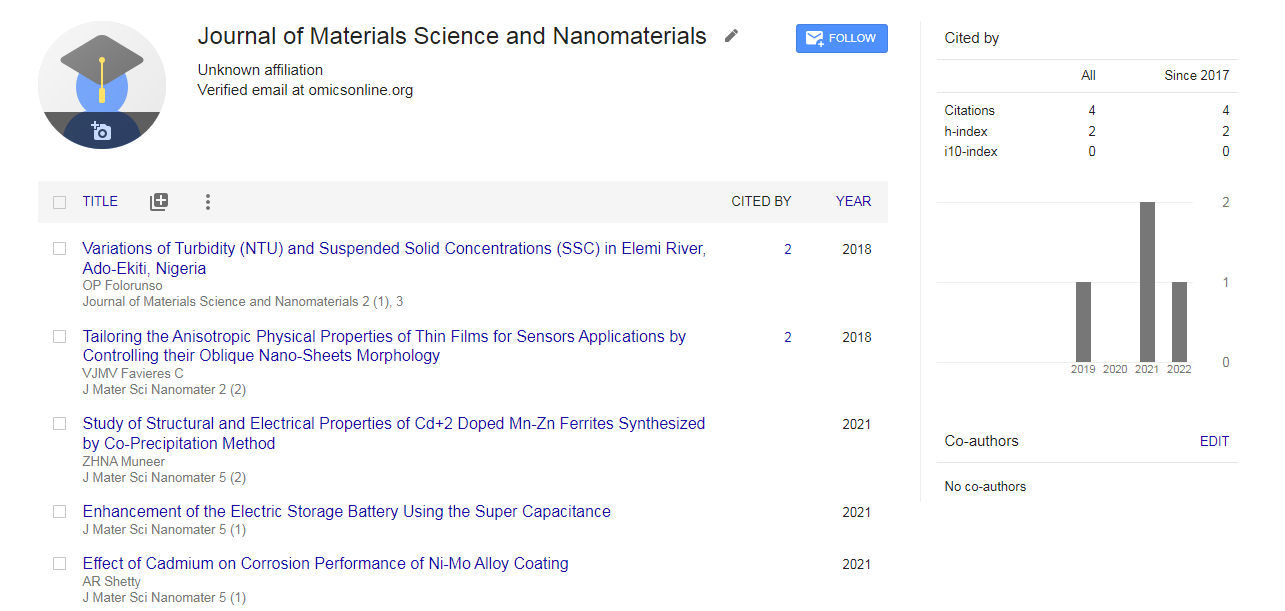Effect of Cadmium on Corrosion Performance of Ni-Mo Alloy Coating
*Corresponding Author: Akshatha R Shetty, Department of Chemistry, National Institute of Technology Karnataka, Surathkal, India, Tel: 08242474046, Email: acrhegde@gmail.com
Copyright: © 2021 . This is an open-access article distributed under the terms of the Creative Commons Attribution License, which permits unrestricted use, distribution, and reproduction in any medium, provided the original author and source are credited.
Abstract
In this article an attempt was made to increase the corrosion resistance character of Ni-Mo alloy coatings on addition of small quantity of CdCl2 into its bath. The limitation of high limiting current density (iL) of Ni in both Ni-Mo and Ni-Cd baths due to inherent induced and normal type of codeposition has been successfully alleviated by addition of 1g/L of CdCl2. The Ni-Mo-Cd alloy coatings of high corrosion resistance was developed by decreasing the iL of Ni. The advent of induced and normal type of codeposition that the individual binary baths follow have been used advantageously to optimize the Ni content of the ternary deposit for better corrosion stability. The composition vs. current density (c.d.) plots of all coatings have been studied, and thereby optimal iL of Ni in all baths were assessed. Experimental investigation revealed that (Ni-Mo-Cd)6.0 Adm-2 coating shows the highest corrosion resistance by reducing iL of Ni, on addition of Cd+2 ions into the bath. The improved corrosion resistance of Ni-MoCd alloy coatings were explained in the light of diffusion limited deposition of Ni+2 ions. The experimental results are discussed based on the data obtained from different analytical techniques, like Scanning Electron Microscopy (SEM), Energy Dispersive Spectroscopy (EDS) and X-Ray Diffraction (XRD) techniques.

 Spanish
Spanish  Chinese
Chinese  Russian
Russian  German
German  French
French  Japanese
Japanese  Portuguese
Portuguese  Hindi
Hindi 